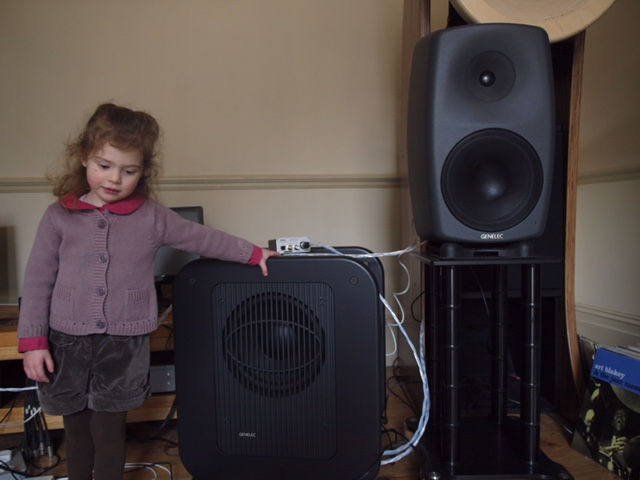Eversolo A-6 Master versus DMP A-8!
- Keith Cooper

- Dec 4, 2023
- 2 min read
The new Eversolo DMP A-8 was introduced earlier this month, I have now had the opportunity to compare all three Eversolo streamers the A-6, the A-6 'Master' and the new A-8.
Audio Science Review has measured the standard DMP A-6,
In terms of specification there are some differences between both the two A-6 units and the new DMP A-8.
When I compared both A-6 units level matched and unsighted I couldn't hear any difference between them, despite the use of different op-amps and the 'femto' clocks in the Master edition.
If we compare A-6 to A-8,
The A-6 uses two ESS 9038Q2M dac chips, the A-8 two AKM chips the AK4191EQ and the AK4499EX which I believe are AKM's flagship 'Velvet Sound'.
Op amps are the same the OPA1612, power supplies are slightly different the A-8 using a hybrid consisting of low noise linear and digital ( switching) power supply.
Output levels are different, the A-8 outputs 4.2 v and the A-6 5.2v so careful level matching when conducting a comparison is vital.
Dynamic range, SNR ( signal to noise ratio) and THD ( total harmonic distortion) are quoted as being the same with the A-8 having slightly poorer crosstalk at 121dB compared to the A-6s 128dB.
In use there are some minot differences, the A-8 does not have the volume passthrough option of the A-6, I suspect that is because the A-8 is considered to be at least equally a pre-amplifier as well as streamer.
In terms of connectivity both have HDMI, 'ARC' on the A-8 which also has an added I2S input.
The most important difference is that the A-8 has analogue 'ins' on both Coax and XLR.
So you can connect your analogue sources to the DMP A-8 , it does not include RIAA equalisation so you will still need a phono stage if you intend to use your turntable.
Eversolo also make much of the R2R ( resistor to resistor) volume attenuation of the A-8,
another major difference is the inclusion of DSP ( digital signal processing) in the A-8 although I understand these features may soon also be included in the A-6.
The DSP functions, which only work when the 'internal player' is selected and only through digital inputs include, Gain, PEQ ( parametric equalisation), FIR ( finite infinite response) filters which can be imported from REW ( Room EQ Wizard), delay, loudness and even a compressor feature. There is a separate document that explains all of the DSP features.
Next how do they actually sound!




You say at the end - 'Next, how do they actually sound'! So, WHERE IS that piece of text?? Hidden somewhere? Does it actually exist Keith?
You also say the A8 doesn't have a volume passthrough feature of the A6 - you're wrong, as it does.